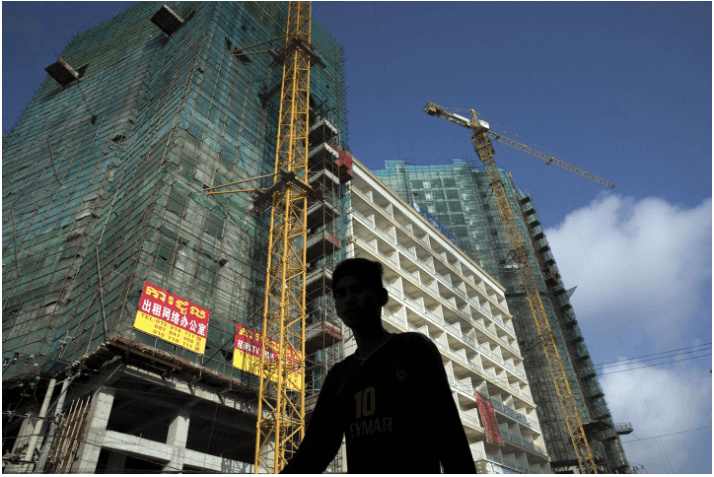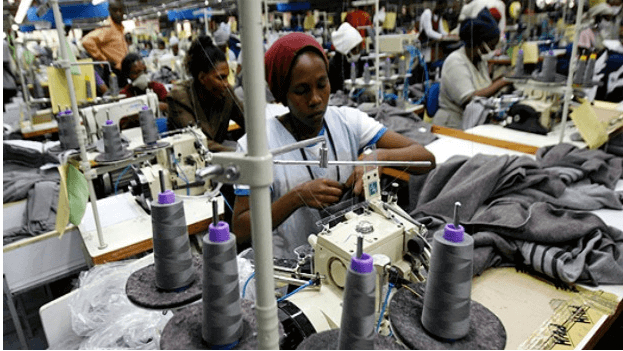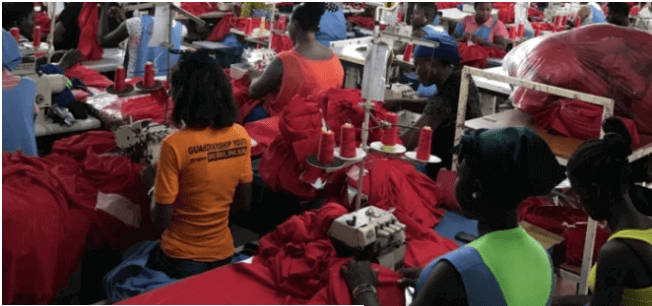Sign up for Next China, a weekly email on where the nation stands now and where it’s going next. By many measures, China’s Belt and Road Initiative has been a monumental success. Since 2013, when China launched the effort to expand trade links, more than 130 countries have signed deals or expressed interest. The World Bank estimates some $575 billion worth of energy plants, railways, roads, ports and other projects have been built or are in the works. But President Xi Jinping’s signature effort has also come in for criticism, including accusations that China is luring poor countries into debt traps for its own political and strategic gain. The mixed reviews abroad and worries at home about the cost have led China into something of a reboot as it tries to increase transparency, improve project quality and reduce financial risks. 1. Where are the problems? Several countries have run into trouble with Belt and Road projects or had a rethink, often after a popular backlash, change of government or both. Complaints include corruption, padded contracts, heavy debt loads, environmental damage and a reliance on imported Chinese labor over local hires. Some examples: • Sri Lanka borrowed heavily to build a new port, couldn’t repay the loans, and then gave a state-owned Chinese company a 99-year lease in exchange for debt relief. The port has little business now but provides China a strategic berth along key shipping lanes. • China was set to lend Pakistan $8 billion to upgrade a railroad...
China’s Belt and Road Gets a Reboot to Boost Its Image
Posted on: November 1, 2019
Posted on: November 1, 2019




















